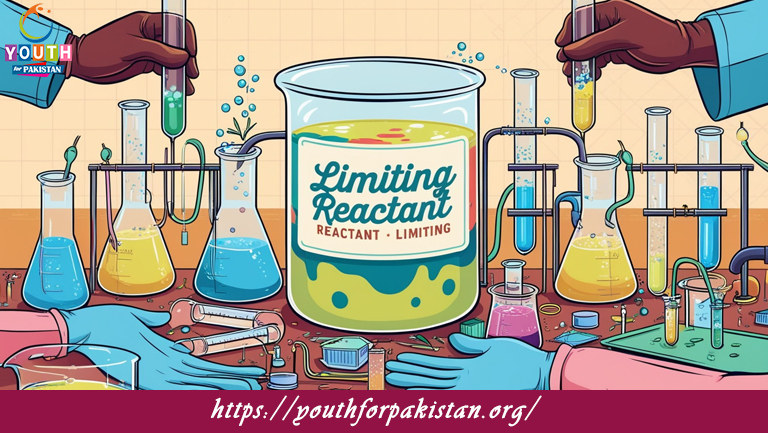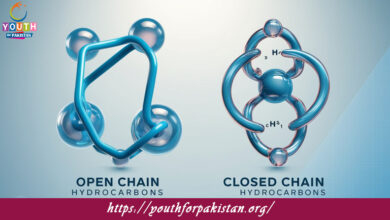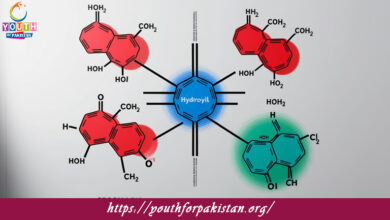Limiting Reactant MDCAT Quiz with Answers

Limiting Reactant MDCAT Quiz is an important term in chemistry; it refers to the substance present in a chemical reaction that gets used up completely and, therefore, limits the formation of the amount of product that can be created. This topic is important for the MDCAT student because this directly influences stoichiometric calculations, reaction yields, and chemical process efficiency. Many questions in the MDCAT Quiz dealing with limiting reactants require the student to apply knowledge of molar ratios, knowledge of molar masses, and reaction completion. It is very necessary to master this subject in order to solve problems accurately and quickly in this exam.
MDCAT Quiz on Limiting Reactant
The MDCAT Quiz on Limiting Reactant is designed to enhance students’ ability in identifying the limiting reactant of a reaction and the necessary calculations involved. It includes problems on balancing chemical equations, calculating the amount of reactants required, and determining the maximum yield of products. Questions are formulated to reflect the current MDCAT syllabus, ensuring they provide valuable practice for students. Regularly engaging with this quiz will help students sharpen their skills in recognizing limiting reactants, a critical area in achieving high scores on the exam.
Free flashcard for limiting reactant
Our Free Flashcard for Limiting Reactant provides a quick and effective way to review the essential concepts and calculation methods. These flashcards highlight the steps involved in identifying the limiting reactant, including the use of molar ratios and comparison of available reactant amounts. With clear examples and formulas, these flashcards offer a concise reference to aid in fast recall and help solidify understanding. They are perfect for last-minute revision, allowing students to quickly review key concepts before the MDCAT exam.

In the reaction C+O2→CO2C + O_2 to CO_2C+O2→CO2, if 10 moles of carbon react with 5 moles of oxygen, what is the limiting reactant?

If the stoichiometric ratio of reactants is 1:2, and 3 moles of AAA react with 5 moles of BBB, what limits the reaction?
Experience the real exam environment with our expertly designed collection of over 25,000 MCQs MDCAT Mock Tests.





